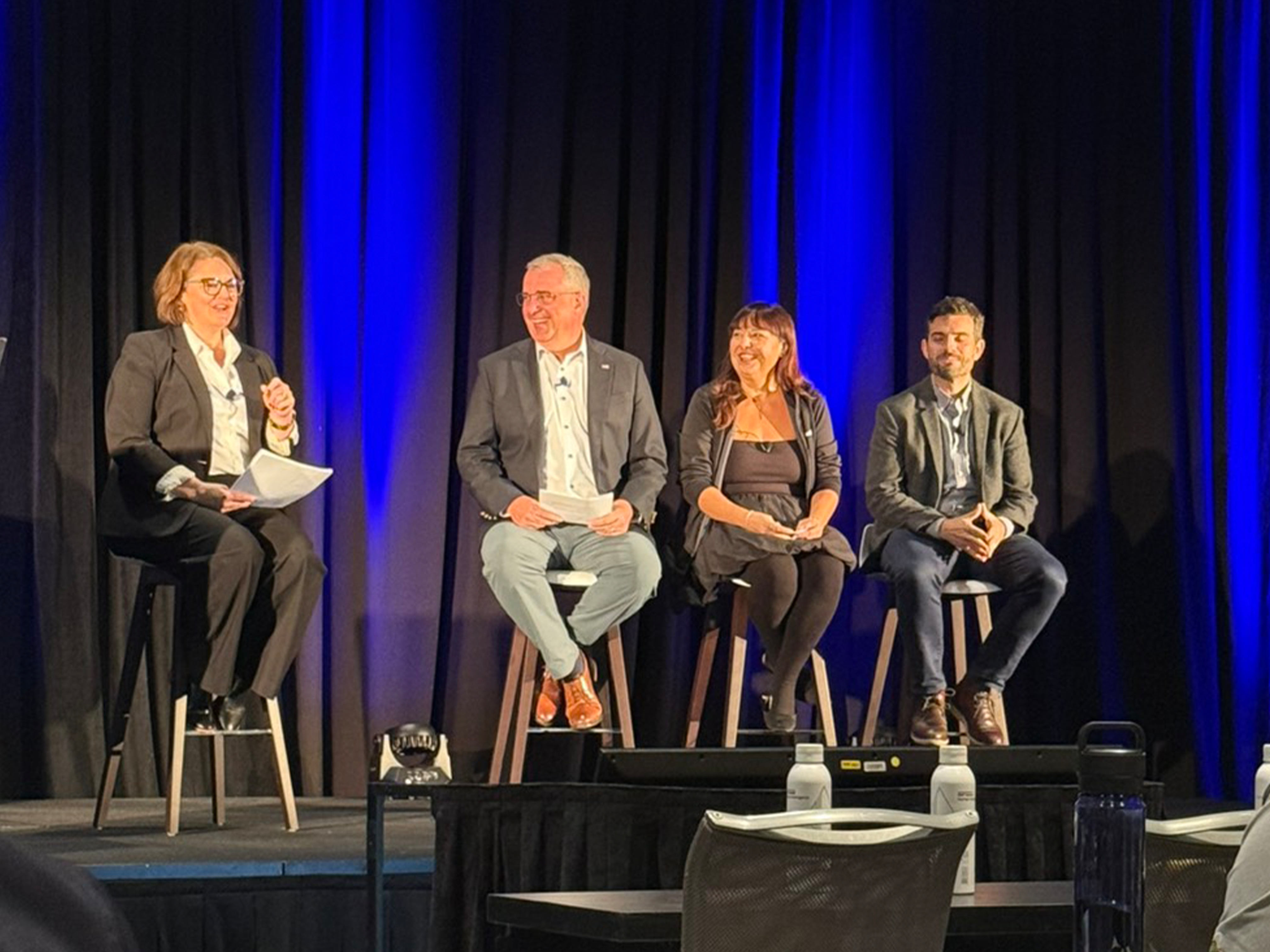Industry Trends
Marketing Insights

The Home Improvement Research Institute is an invaluable resource for home and building brands seeking to understand what drives the home improvement market, from key variables shaping growth and purchasing behavior to when, where and how pros and DIYers are spending.
This year’s HIRI Summit in Chicago highlighted a home improvement industry moving at different speeds. The pro market is gaining momentum, driven by steady demand and labor shortages, while DIY and essential repair projects cruise more slowly as homeowners watch their budgets.
Meanwhile, today’s consumers (and pros) are constantly shifting how they shop, blending in-store experiences with online research and emerging technologies. For brands, success will depend on staying flexible while keeping human connection at the center when customers face obstacles or need guidance.
Here are some of the most interesting things we heard from the experts at this year’s HIRI Summit.
Defining the Current Market
While uncertainty remains a hallmark of today’s home improvement market, understanding its impact is the first step toward finding opportunity within it. Economic headwinds, evolving consumer behaviors and demographic shifts have created a complex environment where agility is now a competitive advantage. Organizations that embrace adaptability, rather than resist it, are best positioned to thrive.
Organizations that embrace adaptability, rather than resist it, are best positioned to thrive.
The next decade is shaping up as a period of realignment rather than decline. While 2025 has seen modest growth, experts predict this will mark the low point of the cycle, before fundamentals stabilize and growth resumes.
Economic Outlook: Now and Into the Future
Danushka Nanayakkara-Skillington of the National Association of Home Builders described a broader economic landscape marked by slower growth and structural imbalance — trends that directly influence the housing and home improvement markets.
GDP growth in 2025 is expected to be near 2%. Meanwhile, 30% of consumers now anticipate a recession. Housing affordability is a serious concern, as the average home now costs more than five times the median household income, up from a three-times ratio in the 1970s. At the same time, consumer debt has reached record levels, driven by credit cards and auto loans, while the labor market shows early signs of softening.
The combination of these forces has dampened homeownership, which now sits at its lowest level since 2019 and below the 25-year average. Yet, the age of the housing stock, over 40 years old on average, presents an opportunity for the remodeling industry. With boomers choosing to age in place (i.e., remaining in their homes rather than downsizing), this trend supports continued remodeling activity but limits the supply of homes available to new buyers.
The NAHB forecasts that single-family starts will dip in 2025 before rebounding modestly in 2026, while multifamily construction has already shown signs of improvement. For now, professional contractors continue to drive growth, but beginning in 2026, homeowner-led activity in DIY and essential repairs is expected to sustain momentum as higher costs and labor constraints push more consumers toward hands-on solutions.
Encouragingly, homeowners are still investing in their properties. The share of spending dedicated to home improvement rose from 33% in 2007 to 44% in early 2025, signaling that the desire to improve one’s living environment remains strong even when mobility is limited.
Changing Values and Behaviors in the Home Improvement Industry
Matt Carmichael, editor of What the Future at Ipsos, said shifting consumer values and life stages are shaping economic patterns. Home improvement projects often align with major life events such as marriage, divorce, childbirth and career changes. As those milestones move later in life, so too does the timing of large-scale home projects.
The American dream may look different today, but the desire for personal space, comfort and homeownership remains deeply rooted. The challenge for brands is to bridge the gap between aspiration and affordability in ways that build trust and long-term loyalty.
Demographic shifts further complicate the landscape. A declining birth rate is leading to what some call a “demographic cliff,” with roughly 100,000 fewer young adults entering the workforce each year. Meanwhile, longevity continues to rise, with many retirees living a decade or more beyond their original financial planning horizon. Many older adults now live in homes that no longer match their physical or lifestyle needs, creating strong demand for accessibility-focused renovations.




